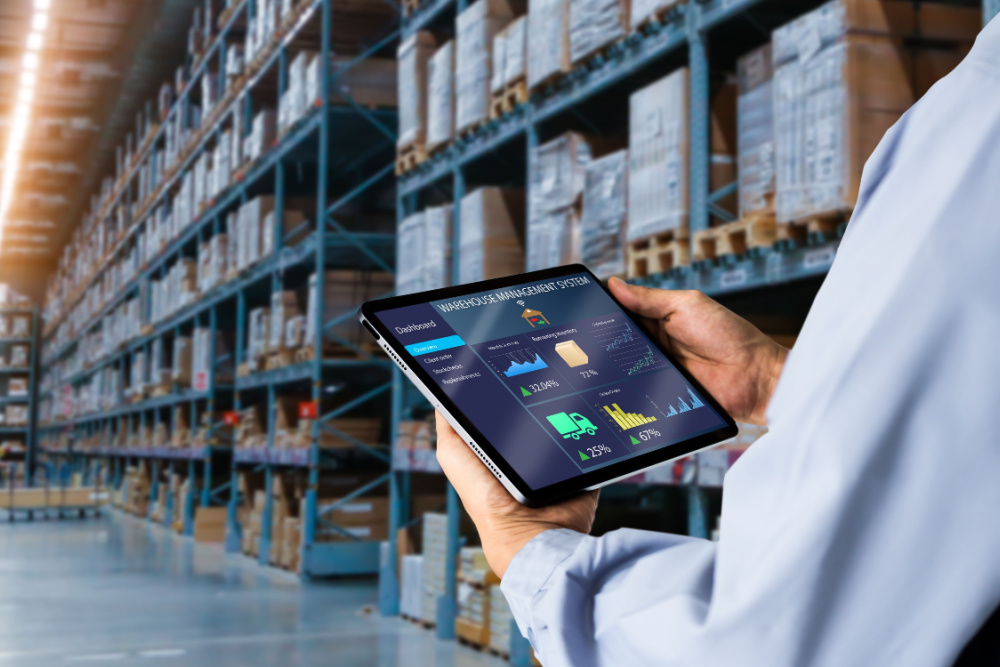One of the best ways to take your business up a notch is by taking it online! This allows your products to have a reach that goes far beyond a brick-and-mortar store, making them accessible to a wider audience. E-commerce is known as the holy grail of retail for a number of reasons, the most important one being that it helps you overcome geographical limitations. Other than that, you can also enhance the visibility of your brand through traffic that’s generated by a search engine.
However, as your business goes online, firms need to work extra hard to keep up with demand. This means more emphasis on website design and interface. E-commerce also calls for increased financial planning and bookkeeping. The way you report and record transactions for a brick-and-mortar store is widely different from doing the same for an e-commerce store. Let’s take a deeper look into the matter.
E-Commerce Bookkeeping—An Introduction:
One of the most essential aspects of bookkeeping when it comes to retail e-commerce businesses is inventory. E-commerce bookkeeping might sound easy, but since there are several modes of payment and sales come in from a number of different sources, there’s a lot of complexity involved. If the business also has a brick-and-mortar store, it might not be easy to reconcile cash and credit receipts. Another reason why e-commerce bookkeeping is crucial is that most reporting needs to take place in a digital form. If the business records its transactions manually, it’ll be difficult to keep online customers updated with their sales invoices and payment details.
What Does E-Commerce Bookkeeping Comprise Of?
While most of the accounting processes for e-commerce businesses are similar, some are not. Here’s what makes e-commerce different with regard to bookkeeping:
Inventory management
When you’re selling your offerings through multiple platforms, it’s not easy to keep track of how much inventory you’re left with and how much it’s worth. Some shoppers add some to their cart and forget about them. Some place orders and are waiting for a shipment, while a few may have already received their order. Some customers might even have returned their order, piling on to the discrepancy. When the accountant sits down to track the value of inventory in terms of units, they won’t be able to reconcile all of these different channels. The entire process becomes increasingly challenging if the accountant is unable to manage the different SKUs and transaction channels, creating considerable cash flow challenges. In the long run, all of this can hurt profitability. The solution lies in the automation of the inventory bookkeeping process.
Purchase returns
Not every e-commerce store has a policy that entertains purchase returns, but if yours does, you need to put in extra effort as far as bookkeeping goes. This is because once a customer places an order, an invoice is generated and sent over. The cash inflow is recorded in the company’s books. After the return is initiated, the recording process needs to be redone and rectified. This is a lot different from brick-and-mortar stores because, in that case, the customer brings the product in person, and the store can edit the book manually. When you have third-party vendors and logistics and transit partners involved that need to be paid for their services, you might have to make many adjusting entries in the journals.
Sales invoices
Whenever a customer makes a purchase online, they need to be sent a receipt of their purchase. This document confirms that the order has been successfully placed or dispatched. In the case of e-commerce, these invoices serve as an effective tool for the business owner to track expenses and inventory. It tells you how much your store earned in a particular month. Other than that, you can use your invoices as proof to avoid legal trouble in case a customer refuses to pay for a particular purchase. In times of financial audits, sales invoices can be a great help to help set the record straight.
Speaking of e-commerce in particular, you can’t wait for an order to be dispatched for the customer to receive their sales invoice. With the help of online accounting software like QuickBooks, you can send out invoices electronically the moment a transaction takes place. All the accountant needs to do is sync the bank account with the software, and it’ll send out the invoices on an automated basis. E-invoices with QuickBooks add more credibility to your e-commerce store, are more efficient, and even help you save up on paper-related costs!
QuickBooks definitely makes the life of an E-commerce businessperson easier! To automate your e-commerce business accounting processes, get in touch with us now. gotomyerp is a leader in QuickBooks hosting solutions that specializes in both QuickBooks and Sage cloud hosting. Visit our website to get started.




